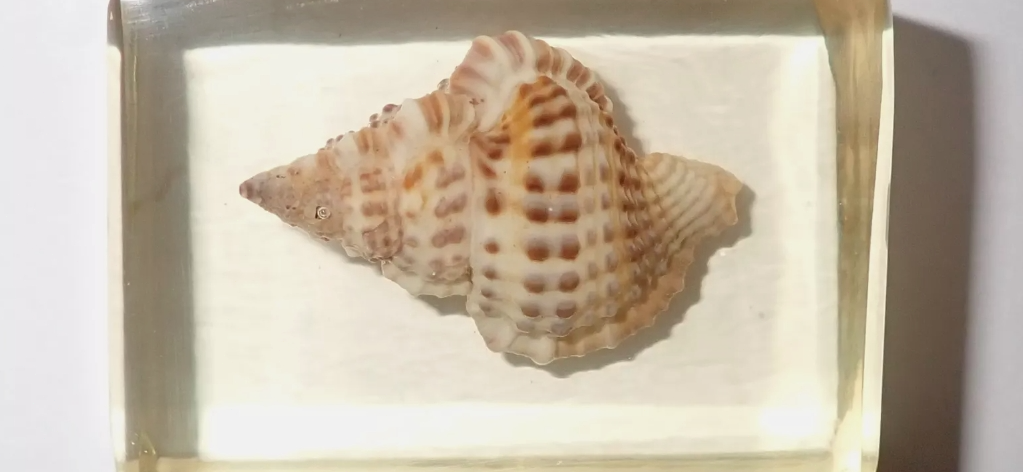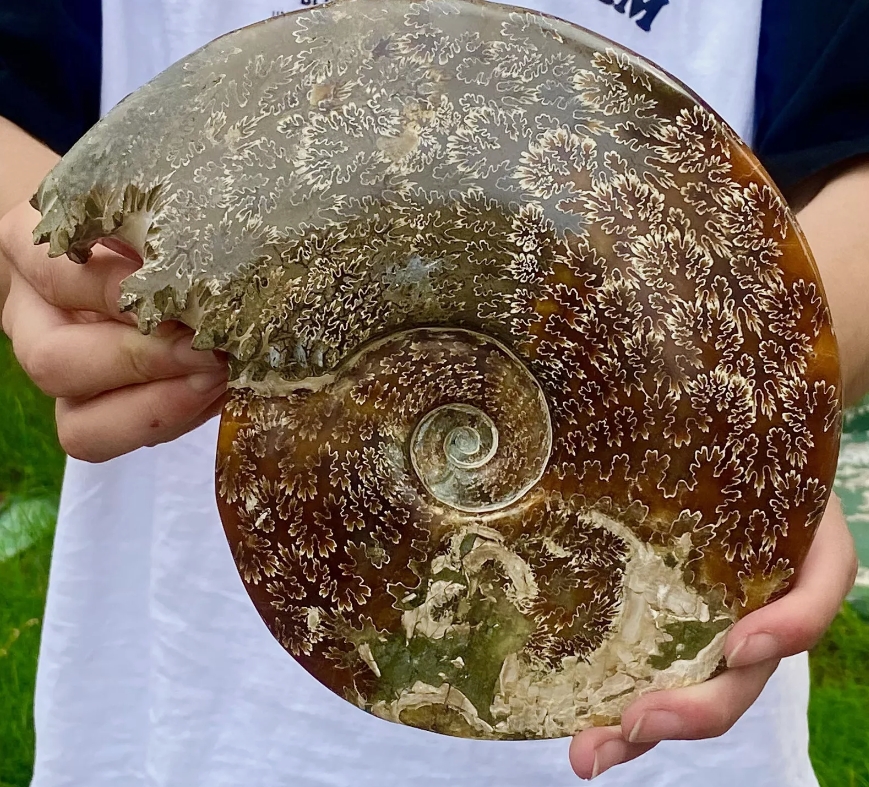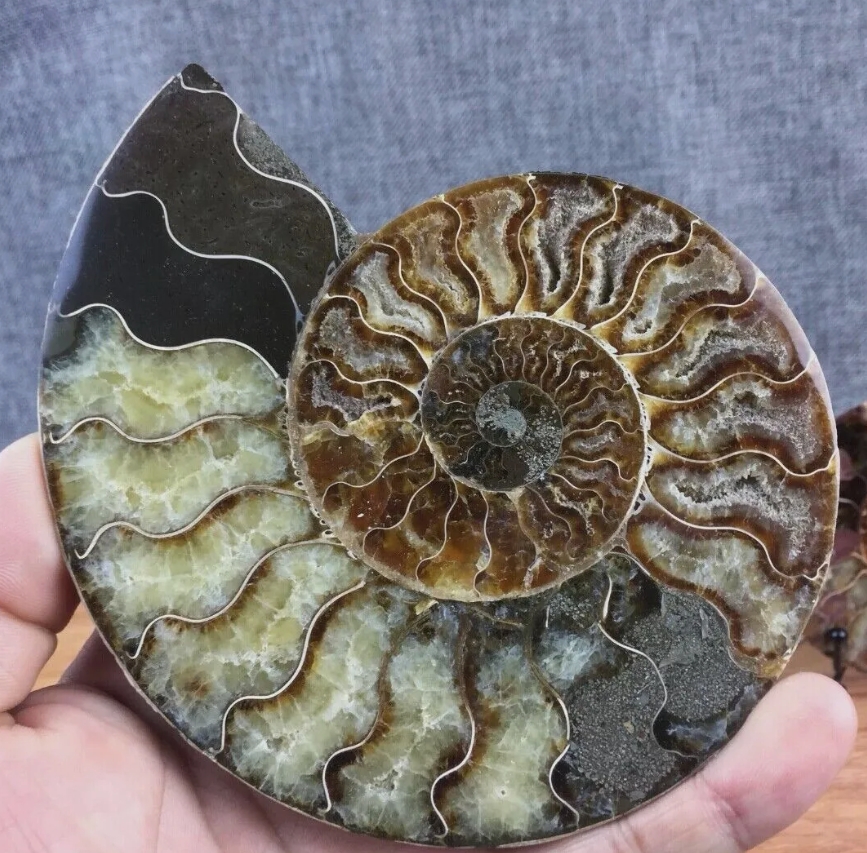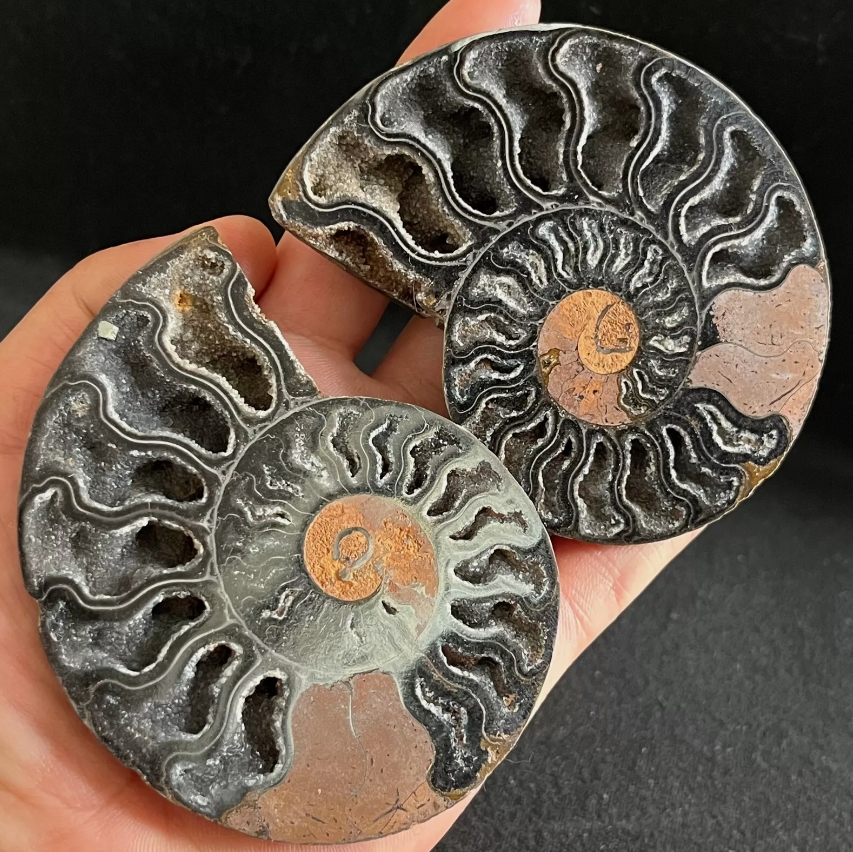The conch is a beautiful and mysterious Marine creature, whose unique appearance and brilliant colors make it the object of great concern in nature. Conch specimens, as an important representative of Marine organisms, carry the value of Marine history and scientific research.
The shell of the conch is usually spiral-shaped, with a variety of textures and colors on the surface, showing the magic of nature. The shell forms of each conch are different, from simple geometric shapes to complex carved patterns, which all reflect the diversity and adaptability of life. These shells are not only the protection of the conch itself, but also the key basis for biological classification and ecological research.
In scientific research, conch specimens are widely used in many fields such as biology, ecology and environmental science. By studying the physiological characteristics, ecological habits and distribution characteristics of the conch, researchers can reveal the overall status and changes of the Marine ecosystem. The living condition of the conch is often used as an indicator of the health of the Marine environment, and changes in its population can reflect changes in water quality, temperature and other ecological factors.
The preparation of conch specimens requires delicate processing,and researchers usually select a particular kind of conch,whose shell is cleaned,dried,and further preserved. This process not only preserves its beautiful appearance,but also gives the specimen lasting scientific value. In museums and educational institutions,conch specimens are often used as objects of teaching and display to help the public better understand Marine life.
Today,in the protection of Marine ecological environment,conch specimens are not only a tool for scientific research,but also a symbol that calls for people's attention to Marine ecological protection.




